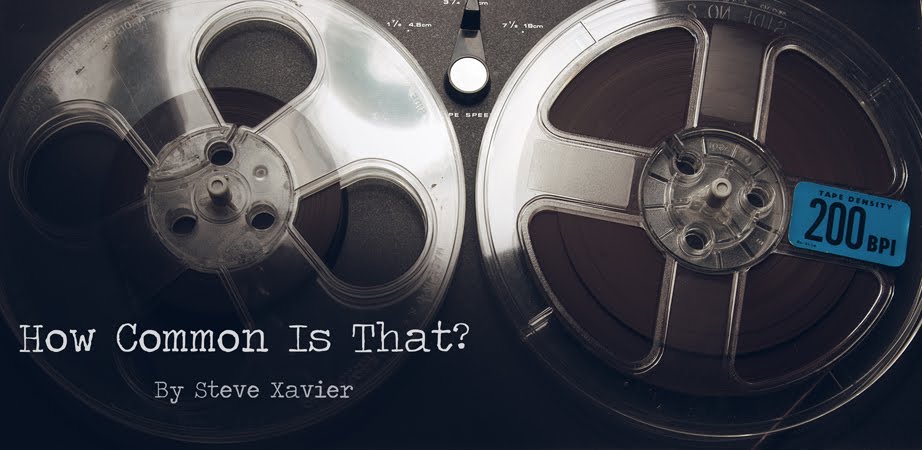Wow, so it's definitely 2am right now. That's usually not abnormal, but I had a midterm at 9am this morning, which means I've been up for about 18 hours. I'm just going to dive right in.
The microphone that I built was a Large Capsule Side Address Condenser microphone. Long name, but it's big enough to fit on the side. Basically, it looks like a Neumann U87. I fashioned the grill based on that microphone, so it looks quite similar. Before I go any further, I'd like to point out that I'm not an expert at this. This is the first time I've ever looked past the grill of a microphone. Hopefully you're in the same boat, so all this will be informative. Mics shouldn't be scary to understand.
Let's get some of the circuit design out of the way so we can get on to the fun building stuff. I used a condenser type circuit, which means that the microphone is powered by +48V Phantom Power supplied by almost any channel strip or little mixer ever. This means that the circuit actually amplifies the signal of the capsule, which which allows your mixing console to recognize the signal coming in. There's much more to that, but I'm just studying that now. It's not necessary to know it when building your first microphone for fun.
The body of my mic is made out of 2" brass tubing, or kitchen railing. It was easy to cut, and easy to find the bottom of the microphone, which is a railing end cap. I drilled a hole in the end cap to fit the XLR connector through, and screwed that on. On the inside of the end cap, I attached a metal rod that angled straight up. When the end cap was fitted to the brass tube, the rod would go through the tube and end up about 2" short of reaching the end of the tube. Then I soldered a round plate 2" in diameter to the top of the rod, perpendicular, so parallel to the end cap. To this, I screwed on a small flat metal strip, which was bent at a 90 degree angle to continue upward. To this I screwed on a small flat metal strip that was bent into a circular shape, which held the capsule in place.
The grill was probably the most fun. I had to hand bend the brass mesh, as well as roll it on counters, chairs, thick pens, or anything I could find that was the right shape. The right shape was somewhat difficult. To copy the U87, the grill had to come out of a round mic body, and then flatten out into more of a rectangular shape at the top. I took a thicker metal strip and bent it around the top to enforce the rectangular shape, and soldered it to the mesh from the inside. That was difficult, because my soldering iron is weak sauce.
From there I got some black fabric at Michaels, and covered the inside of the grill, apart from a large hole for the capsule. I didn't do this for any other reason than look, and to be honest, it looks awesome. Other than that, I had to screw the end cap to the tube, and that was probably the hardest part, because you have to tap the end cap, and also countersink the screws into a really thin tube. So, of course, I only have one screw instead of the planned two, because you really can't tap with brass, and so now part of that screw is still stuck in there. I just about threw the whole thing across the garage.
Here is the mic, strapped onto a tripod with a velcro strip. Very ghetto, but I just ordered a shock-mount yesterday, so it should look a little more professional after that.
I tried it on several instruments, and I concluded, through the gross little set-up I had it running through as described earlier, it sounds best on the cello. The capsule has a slight raise in the frequency spectrum around 5-10KHz, and it has a good low frequency response, so it picked up the fundamentals of the cello as well as the friction caused by the bow.
Overall, this mic sounds "OK". That's my official rating until further testing. I'm not going to be a fool and believe everything I make sounds amazing. I'm comparing this against the best microphones on the market. It fairs ok, to say the least, and I'm very pleased with that, for not having a clue what I'm doing. Seriously.
I'm already planning on the SX-II, this being the SX-I. (No, that doesn't mean Sony X-plode.) The SX-II is going to be a phantom powered tube microphone, so it won't need an external power supply. I'm working on the schematic now, and it's coming along quite nicely. As far as look, it's going to be a combination of the Neumann M149 and the Blue Woodpecker. This microphone I will know what I'm doing. Since the SX-I, I've been studying microphone design and condenser microphone circuits.
So, folks, I venture on, preparing myself into a weapon of knowledge against the vast darkness of the unknown.
Goodnight for now,
-Steve Xavier



No comments:
Post a Comment